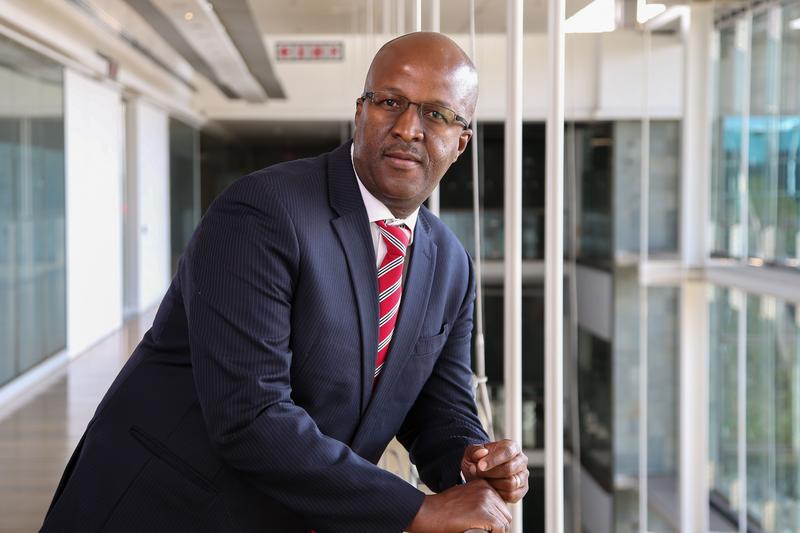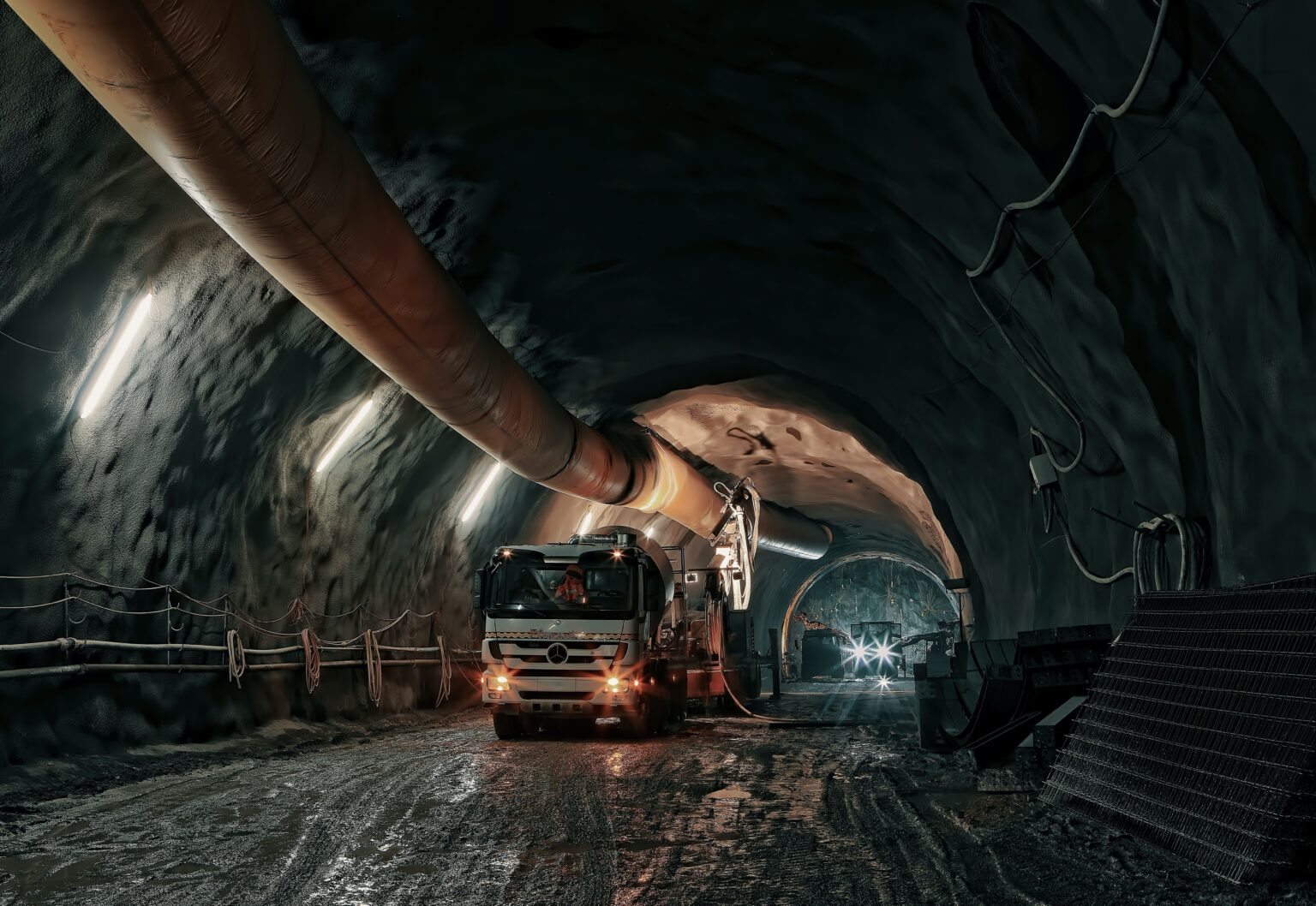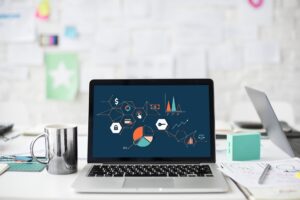Starting from the gold rush of the 1880s, the Witwatersrand Basin has played a key part in building a world-class Trillion Rand South African economy of 2020. Representing 50% of known gold reserves and straddling the middle of South Africa from Welkom in the south to Johannesburg in the north, the basin has been core to mining evolution and innovation. 95 tons of gold later, the South African mining sector has since diversified greatly with platinum and coal sectors leading.
Mining faces different challenges in the 21st century. Declining yields, volatile commodity prices and dealing with legacy issues like old mine rehabilitation. Sustained commercial success is intertwined with an increased focus on the environmental footprint, partnerships with key stakeholders and safe operations.
Technology offers an opportunity to transform mining beyond the 21st century – improve health and safety by minimising direct human involvement in the most dangerous work areas, drive process efficiencies for yield improvements and optimise asset utilisation and production outputs. Key trends include connected and intelligent mines, better pit to port integration and modernisation of core technologies.
Manufacturing
From mechanical looms, steam power, mechanisation to production lines, mass production through the rise of computers, electronics, and logic controller-based automation, manufacturing has over the last 200 years evolved increasingly at a faster rate. From variable quality to consistently higher quality, from slow and rigid processes to faster, more flexible and efficient ones. Humanity has been transformed, global economies built and civilisations accelerated.
The rise in connected systems, compute power, ubiquitous connectivity and the emergence of advanced analytics present an opportunity for the transformation of the manufacturing sector. Coined Industry 4.0, it is characterised by the integration of traditional engineering systems and processes, advanced compute power and connected sensors and controllers into a cyber-physical system capable of not only optimal process control but also near real-time learning and correction.
Agriculture
The agricultural sector has for centuries been core to the rise and fall of civilisations. The Neolithic revolution transformed the human lifestyle from hunter-gathering to settlement and agriculture thus enabling population growth. The 1800s saw the beginnings of yield management with such things as crop rotation and improved livestock management. Rapid population growth and the need for food security led to the farm mechanisation of the 1960s and biotechnology at the tail end of the 20th century.
Precision agriculture gives an opportunity and capability to manage in-field variation in soil, water and climate. With IoT sensors and platforms, deep functional knowledge from agronomists and other agricultural experts and well as smart algorithms, insightful decision-making can be made with improved yields, lower environmental impact and lower costs.
The next revolution in mining and manufacturing has well and truly arrived. Vodacom has and continues to invest in deep capabilities to partner in this revolution.
Key enablers of this revolution include:
Industrial IoT
Beyond simply connecting sensors, controllers and other subsystems, IoT is about best of breed data orchestration platforms close to the source of the data, appropriate algorithms to enable deep analytics all underpinned by fit for purpose and ubiquitous connectivity.
Big Data and Analytics
Connected systems enable the collection of significant volumes of data. On its own and without significant further processing, the data can only be overwhelming but lead to incorrect conclusions. The application of appropriate statistical techniques provides key insights for timely and better decision-making.
Digital Twinning
The digital replica of physical systems based on IoT sensor and controller data as well as other data sources will enable relative inexpensive and lower risk process simulations resulting in operations improvements, efficiency gains and better process predictability.
Cloud
Cyber-physical systems have a high reliance on data sharing, resource sharing and rapid exploitation of established use cases. This is enabled by hybrid cloud computing both remote and at the edge.
Cybersecurity
Connected systems allow for collaborative operations both for machine-machine as well as human-machine interactions. This benefit introduces a significant vulnerability of cyber intrusion and malicious damage. Left unchecked, this is the biggest threat to Industry 4.0.
Becoming future-ready
Vodacom Business is here to help take your business to the next level. We offer a wide range of products and services to fulfil the telecommunications needs of organisations of all sizes. From mobiles and fixed-line connections to a wealth of broadband and networking solutions, you can count on us to keep you confidently connected.
– Thando Sibindi, Managing Executive of Mining, Manufacturing and Utilities




